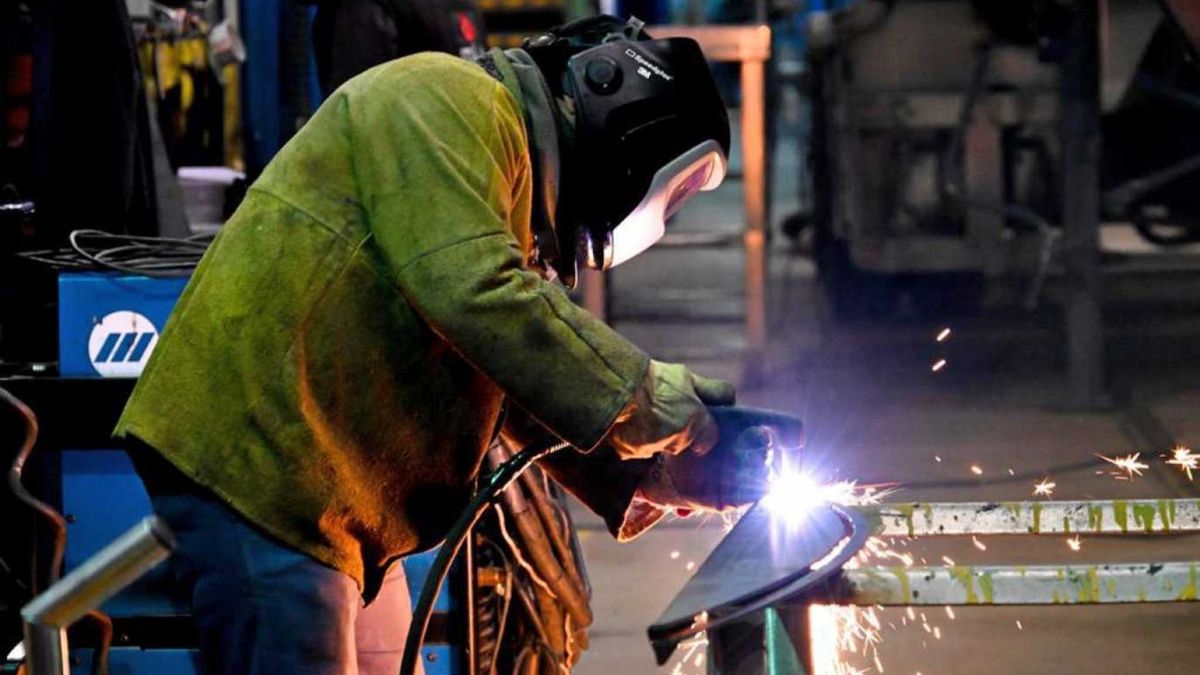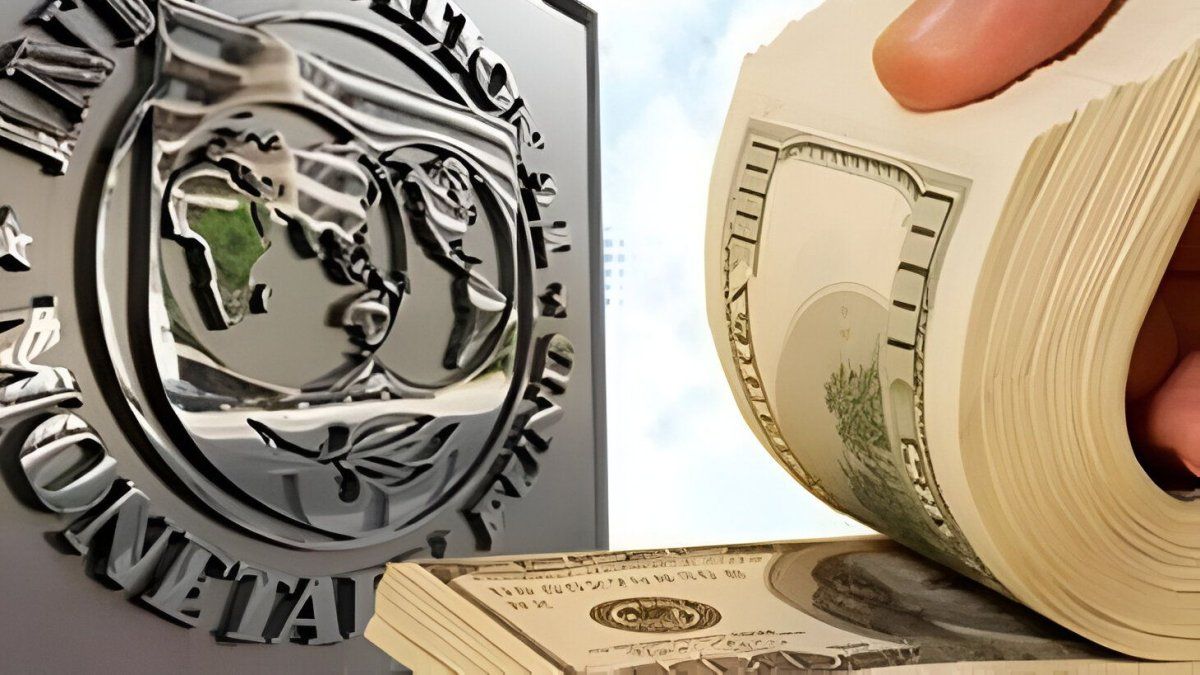According to the advanced index of industrial activity prepared by the CEP XXI, which takes energy consumption as a reference based on CAMMESA, it was recorded in year-on-year terms a growth of 3.5%. There was, they highlighted, “a greater consumption in plants of the most relevant industries (except tobacco, metal products, other transport equipment and food)”. In relation to the same month of 2019, a growth of 9% was observed in this regard.
Nevertheless, In the seasonally adjusted measurement against June, “industrial activity registered a slight decrease of 0.4%, after three months of consecutive increases”. In any case, the official body’s report indicated that the activity in the construction materials industry “reached a historical record in July and the automotive industry was the highest since 2015 in that month.”
“July was a turbulent month financially., but even so the real economy continued to show a good level of activity. Our objective is clear: order the macroeconomic and fiscal variables from growth and that is what we work on every day”, said José Ignacio de Mendiguren, Secretary of Industry and Productive Development.
Sector surveys
According to Argentine Chamber of Steelcrude steel production had a small monthly fall in July of 0.2%; while that of rolled products contracted 3.8% compared to June. In the year-on-year comparison, however, the figures remain positive: Crude steel production grew 7.6% and rolled steel production 3.5% compared to the same month in 2021.
For its part, as reported by the Association of Automotive Factories (ADEFA)in July the production of vehicles contracted 9% compared to June. In any case, it was clarified that with 21 business days of activity, last month had the particularity of registering the production stoppage of some terminals due to the winter break and the adaptation of their production lines.
In this framework, in year-on-year terms the sector registered a growth of 37.9% and in the accumulated figure for the first seven months of the year, an increase of 27.6% is observed compared to the same period last year.
Analysis
Beyond some figures, from the sector they warn that production levels could be affected in the second semester as a result of the economic situation that the country is going through. For example, as pointed out by the president of Industriales Pymes Argentinos (IPA) Daniel Rosato, most companies project that it will be worse off in the future “if the problem of importing raw materials is not solved.”
Due to the restrictions to import inputs or raw materials, many industries will see their production affected. This is how Rosato detailed it: “As for the data, July is going to begin to show a different reality compared to what was observed until June. And the problem is going to be August and September, when we are going to have a more complicated panorama. Because companies start to have no stock. Over there, in some cases, some industries have a component, but they lack another to produce”.
For his part, as stated by Juan Carlos Uboldi, director of the industrial sector of CAME, “Industrial activity had a slowdown in its growth, due to the lack of imported inputs in some of the industrial sectors.” “And also due to the fact of a drop in consumption in general. The pace of growth, which had been very strong, has slowed down in this last period,” he concluded.
In fact, from the consulting firm LCG they analyzed the situation after the data on industrial production for June was known and, looking ahead to the coming months, they pointed out: “Greater restrictions on imports given the need to accumulate reserves, investment decisions that will continue to be delayed in a context of high economic instability, and consumption that is unlikely to provide strong traction with real wages adjusting downwards, are all factors that lead to expectations of a reduction in activity for the second semester. In conclusion, it is possible that by the end of 2022, the industry will be operating at a lower level than a year ago, with an average annual variation of around 4.5%”.
Source: Ambito
David William is a talented author who has made a name for himself in the world of writing. He is a professional author who writes on a wide range of topics, from general interest to opinion news. David is currently working as a writer at 24 hours worlds where he brings his unique perspective and in-depth research to his articles, making them both informative and engaging.




